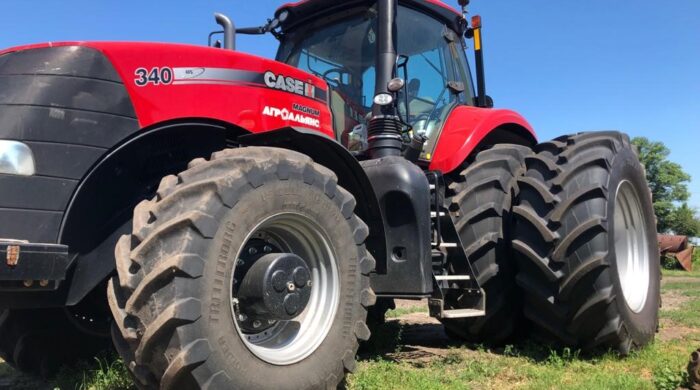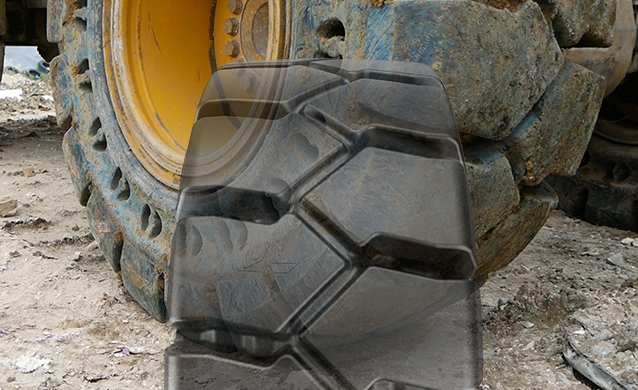As electric forklifts become a sustainable alternative for fleets, energy efficiency has also become the priority for fleets. While there’re many variables that determine how efficient your fleet is, having the right forklift tires with low rolling resistance will improve fuel efficiency and overall productivity, along with performance. In this article, we’ll discuss what rolling resistance is, how rolling resistance plays a major role in forklift tires and why they matter.
Low rolling resistance tires
Rolling resistance is essentially the energy consumption of a tire in its molecular friction in materials such as rubber and other components. When a forklift is operating at a constant speed on a level ground, it’s essentially overcoming resistance. The resistance depends on the job, application and how the tires are being operated, meaning the operator’s braking and steering will have an impact. Depending on the tire, the application and operating habit both affect the rolling resistance percentage and energy consumption. The lower the rolling resistance a tire has, the less energy it consumes, and the more fuel efficiency you’ll achieve.
How to pick a low rolling resistance tire
While there’s no visual differentiation between a low rolling resistant forklift tire versus a standard forklift tire. Most manufacturers will indicate this by grouping their low rolling resistance tires from the standard ones. In other cases, the lower rolling resistance tires usually contain a more premium rubber compound and other distinguish features to offer the benefit of low rolling resistance.
Why pick a low rolling resistance tire
Having a low rolling resistant forklift tire will provide you the following benefits:
- Less energy consumption from the tires, which ultimately equals to less energy consumption on your forklift, which means less downtime for your machine.
- Longer tire life; by having lower rolling resistance, the tire has a better contact with the surface and rolls with less energy, which ultimately creates less heat buildup. This essentially increases the overall tire life.
- More sustainable; manufacturers that produce high quality solid forklift tires with low rolling resistance usually have a more advanced rubber compound mixing technology. This means that the manufacturing process and materials used are typically more sustainable.
How do I reduce rolling resistance on my forklift tires?
Regardless of the type of forklift tires, operations always want to minimize rolling resistance on their forklift tires. Here are some things you can do to minimize rolling resistance on forklift tires:
- Conduct regular tire maintenance and check for internal damage, here’s an article on signs that indicate damages on your forklift tire.
- Consider your carrying load: always think about the vehicle weight, load and the distribution of the load to avoid excess pressure and force on individual tire.
- Wheel alignment: check if they’re properly aligned.
- Know when to use a solid tire versus polyurethane: the modern solid forklift tires are now manufactured to dissipate heat better than polyurethane tires, especially are higher speeds. Here’s an article comparing rubber tires versus polyurethane tires.
MAXAM’s high-performance solid forklift series contain an advanced rubber compound technology that produces the highest consistency in masterbatch, resulting in a performance-driven forklift tire that has the lowest rolling resistance. Here is an article where we disclose data and details on how this patented technology affects solid forklift tire’s overall rolling resistance and performance.
Ultimately, it’s up to an operation to select the best forklift tires that fit their needs. Not every operation needs solid tires, and not every operation has electric forklifts. MAXAM Tire understands that every fleet has its own goals and priorities, therefore we manufacture different types of forklift tires to accommodate their needs.




